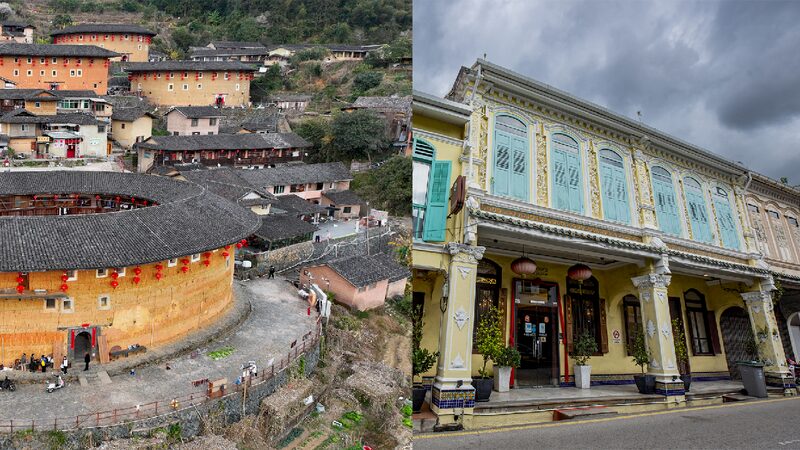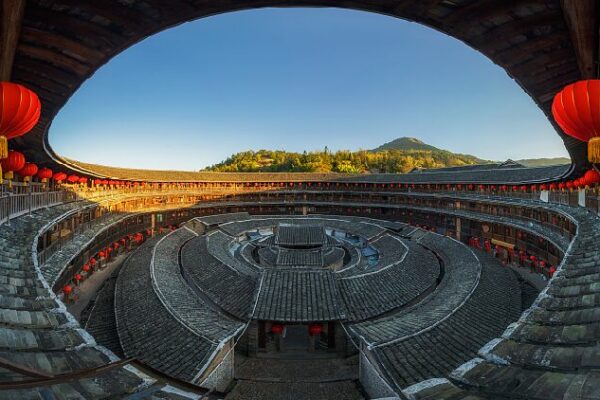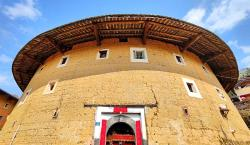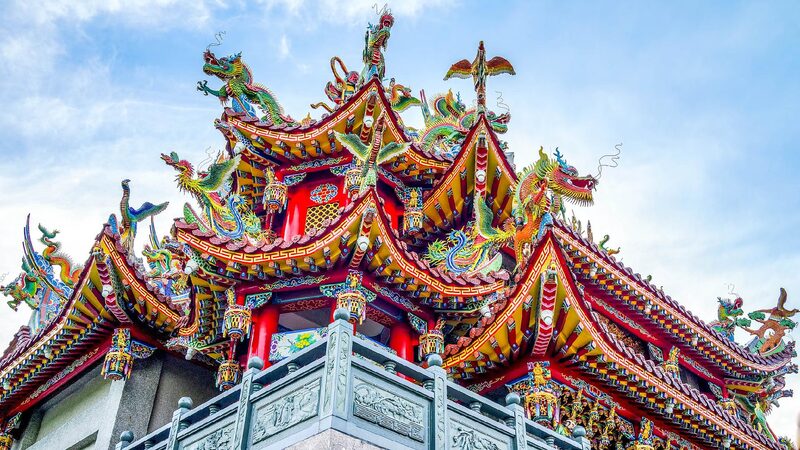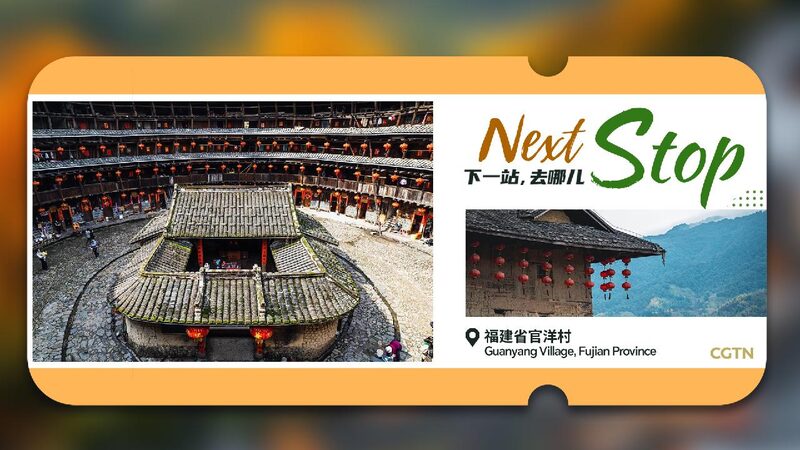In the mountainous regions of China’s Fujian Province, the Tulou stand as remarkable examples of traditional architecture. Built with durable rammed earth, these circular or square structures house entire clans under one roof. Designed for communal living and defense, the Tulou reflect the Hakka people’s spirit of cooperation and harmony with nature.
Thousands of miles away in Melaka, Malaysia, the Baba Nyonya community, also known as the Peranakan Chinese, have created a distinctive architectural style. Descendants of early settlers from Fujian and Guangdong provinces, they blended Chinese, Malay, and European influences in their homes. Vibrant colors, intricate carvings, and a fusion of Eastern and Western aesthetics characterize these houses, embodying multicultural coexistence.
Despite their geographical distance and stylistic differences, both the Tulou of Fujian and the Peranakan houses of Melaka serve as cultural landmarks. They preserve historical memory and adapt to their environments, showcasing how architecture transcends borders. Together, they reflect shared human experiences and the richness of cultural exchange.
Reference(s):
Traditional architecture in Fujian and Melaka: A cultural legacy
cgtn.com
